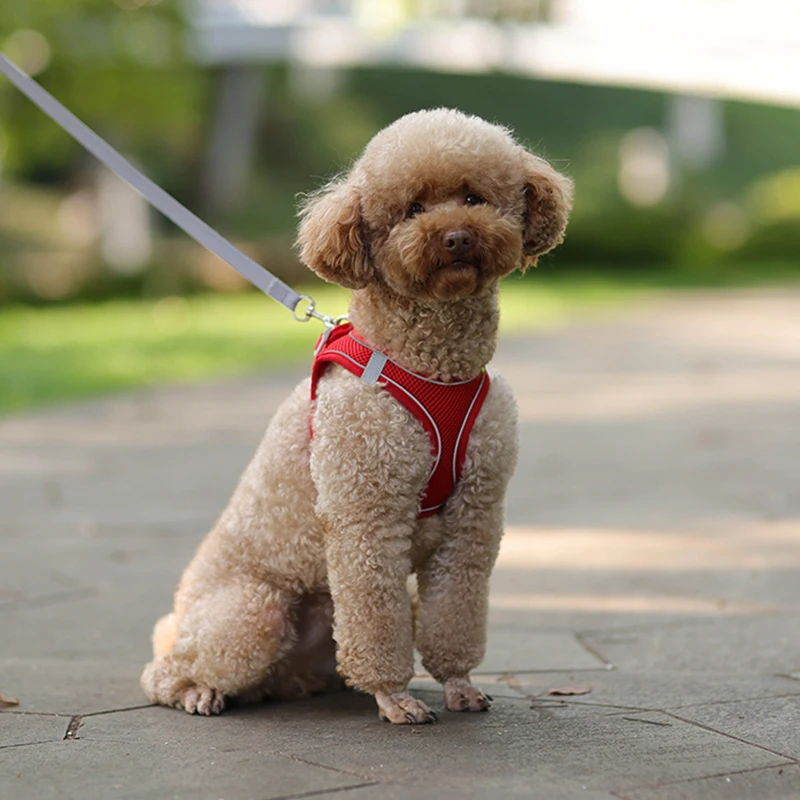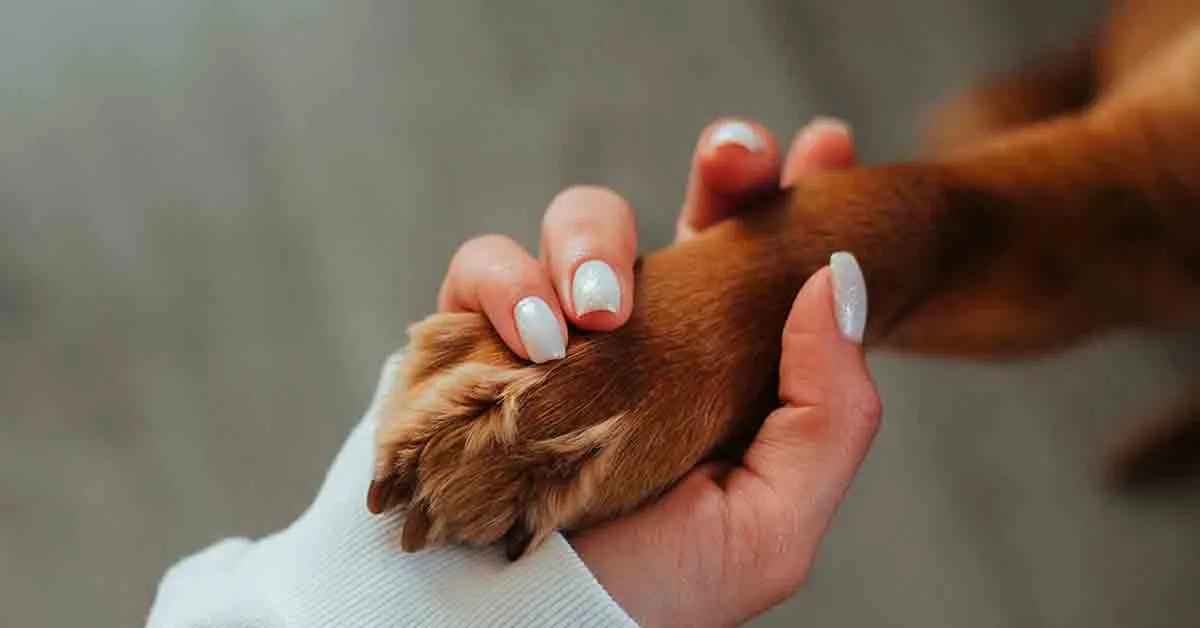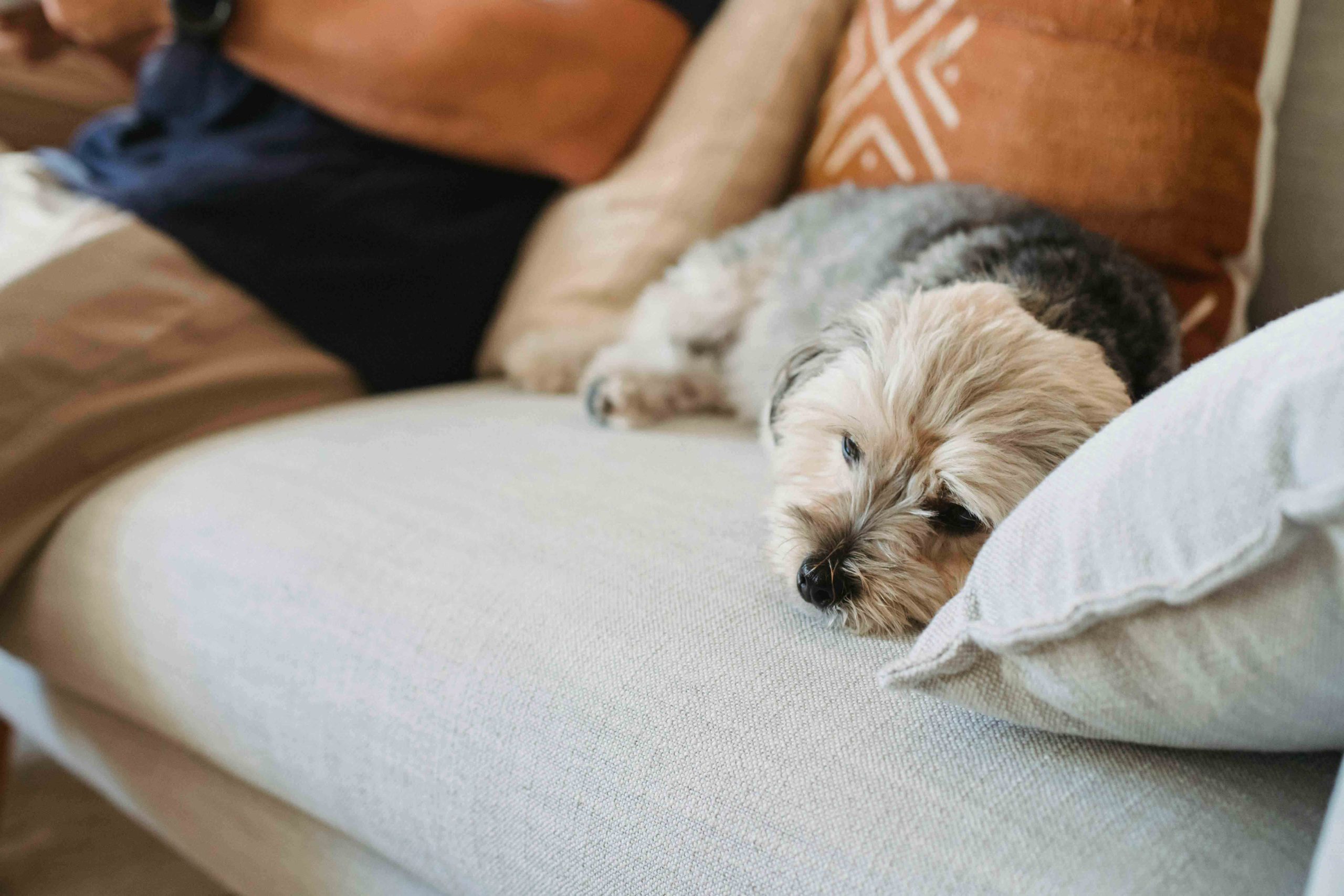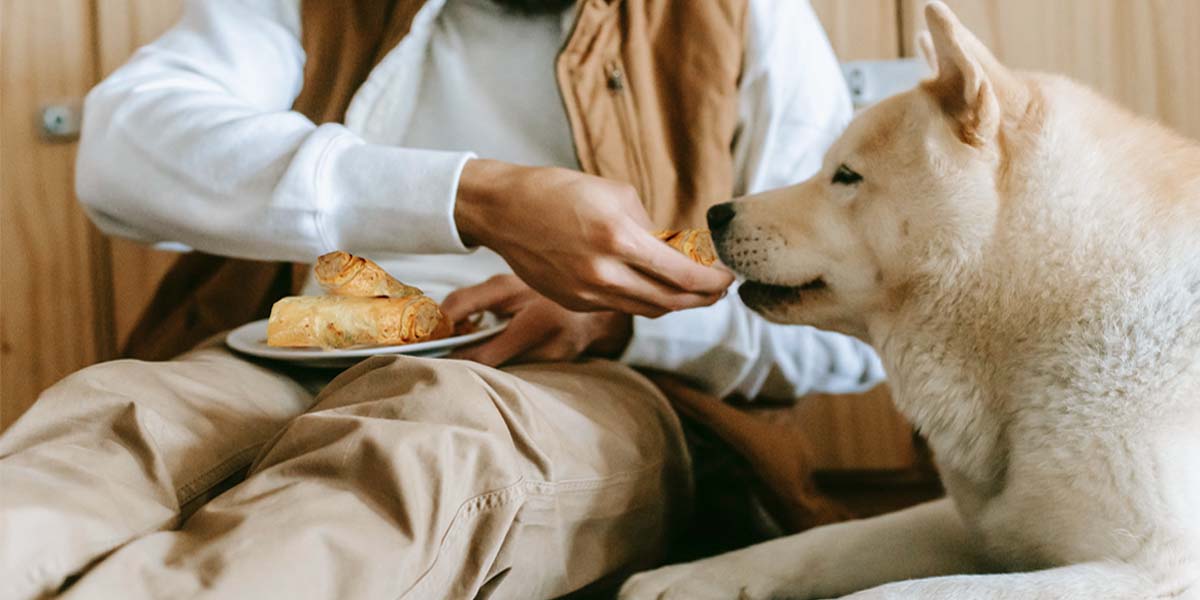Introduction
How to Stop Puppy from Biting
Puppies bite their owners for a variety of reasons, including teething, playfulness, and even attention-seeking. Patience, consistency, and a thorough comprehension of your pup’s requirements are all necessary while trying to correct this habit.
Table of Contents
ToggleHello, doggy lovers! You’re not alone if you’ve ever thought your adorable little ball of fur has changed into a small piranha. Many new pet owners struggle with puppy biting, but with the appropriate methods and a little bit of patience, you can train your furry friend to be a well-behaved and kind companion. In this guide, we’ll delve into the world of puppy biting and offer practical tips for stopping those jagged fangs.
Puppy Growth and Biting
Biting Instincts and the Teething Steps
That time when your puppy’s mouth seems to turn into a chew toy magnet is known as teething. Puppies go through teething much like human newborns, and this normal process might cause them to want to gnaw on whatever they can get their teeth into. Your puppy feels like it has an itch that you can’t quite touch when they are teething. To relieve their aching gums and prevent them from destroying your favorite pair of shoes, you must provide them with the proper chew toys.
Biting patterns and socialization
With their tongues, puppies pick up a lot about the outside world. Similar to how they would say, “What’s this, hey? I’d like to sample it first.” Socialization is important in this situation. Your puppy will learn how to manage the force of their bites when they deal with humans and other canines. It’s similar to showing them how to use a feather instead of a sledgehammer. To help your dog realize the difference between gentle play and, well, chomping down, schedule those playdates and expose them to other situations.
Effective Training Techniques

Positive Reinforcement: The Key Principle
Imagine that your dog gently nibbles your hand, and you say, “Good boy!” while giving him a wonderful reward. This is a game-changer and good reinforcement. Puppies want your attention and quickly discover that being gentle results in praise and prizes. Reward your dog for these soft-spoken exchanges, and watch as they pick it up faster than you can say “sit.”
Developing Bite Inhibition Through Gentle Play
Consider bite avoidance as instructing your dog to speak quietly rather than loudly. It’s about demonstrating to them that a small nibble is preferable to a large chew. When your dog is being too rough during play, let out a loud “ouch” to stop the excitement. As puppies learn bite inhibition from their littermates, this is similar. With practice, your dog will learn that rough play ends the fun and will begin to use their teeth more delicately.
Redirection Techniques: Offering Appropriate Replacements
Giving your dog a tempting chew toy to play with instead of your hand is like giving them a brand-new toy to play with. When your dog begins to gnaw on you, kindly offer them a chew toy in its place. Saying something along the lines of, “Hey, I absolutely appreciate that you need to chew, but here’s something more suited for the task.” This not only protects your fingertips but also demonstrates to your dog that there is a better way to satisfy their chewing impulses.
Time-Out Method: Creating Boundaries
Think about being at a party where a few people start acting a little unruly. How do you behave? You might move aside to give them some room. The time-out technique’s fundamental idea is that. If your dog starts to act a little bit aggressively, gently turn him aside and leave the area. Biting indicates playing ends, which is a clear message to be understood. Similar to pausing a video game, your dog will rapidly figure out that biting results in boredom.
Patience and consistency
Creating Explicit Guidelines
Puppies soak up everything around them like sponges. Provide clear rules from the beginning in order to create the ideal environment for effective biting control. Establish what actions are appropriate and what are strict no-no. Ensure that your entire family is on the same page. Consistency is crucial; it’s similar to setting ground rules at a family meeting.
Family members’ roles and regular training
You’ve probably heard the saying, “It takes a village. A well-behaved puppy can only be raised by a family, after all. Be sure that your entire family uses the same training methods. Your dog may become confused if it learns that nibbling is acceptable with one person but not with another. The essential component that transforms your training efforts into a delightfully well-behaved pet is consistency.
How to Control Your Frustration: Exercise Patience Throughout the Procedure
Let’s face it: teaching a toddler to use a spoon can be a lot like teaching a puppy not to bite. It’s disorganized, and progress can seem to move at a glacial rate. But keep in mind that every soft kiss and conversation with a soft voice is a positive step. Similar to planting seeds in a garden, it will take time for them to bloom, but the effort will be worthwhile in the end.
Getting Your Puppy Social
Playdates with the puppies: Promoting Good Interaction
Do you recall when you first started school and met your friends? Playdates for puppies are similar to that; they provide your pet the chance to socialize with other dogs and engage with people. They improve their biting inhibition abilities through these interactions. It’s similar to teaching your dog to share toys and behave well around other children in the sandbox.
Exposure to Various Environments and People
Consider your dog a young explorer eager to explore the world. Expose them to various settings, sounds, and people. They grow more flexible as they gain more experience. It’s similar to taking a road trip and acquiring educational items along the way.
Managing Biting Triggers
Identifying Biting Triggers
You have to be somewhat of a detective when it comes to puppy biting, just like Sherlock Holmes is when he solves mysteries. Keep an eye out for when and why your dog begins to bite. Is it time to play? when they get worn out? when they become agitated? Finding these triggers requires similar puzzle-solving skills as decoding clues.
Managing Excitation and Overstimulation
Think of your dog as a little child on a sugar high who is bouncing off the walls with enthusiasm. This eagerness can occasionally result in nipping. By giving kids soothing activities and taking brief breaks from play, you can assist them in relaxing. That is comparable to turning down the music at a party when things become a little too rowdy.
Handling Fear-Related Biting
Even the bravest dog can become a chewing machine when they are afraid. If your dog bites out of fear, you must deal with the underlying problem. Establish a secure and encouraging atmosphere for your pet, and if the fear continues, think about getting professional assistance. Tossing in to save your dog from their anxieties is like being a superhero.
Training Tools and Toys
Choosing Appropriate Chew Toys
Imagine a variety of bright chew toys set out for your dog, each offering a different flavor. Selecting the correct chew toys is crucial since they serve as instruments for oral health, brain stimulation, and preventing destructive habits in addition to being simple playthings. The correct toys may distract an active dog’s attention, ease teething discomfort in puppies, and even aid in training activities. The incorrect decision, however, might result in annoyance or even health risks. So let’s discuss how to choose the ideal chew toy for your pet’s happiness and well-being as we delve into the realm of chew toys.
Here’s a list of appropriate chew toys for various types of pets:
For Dogs:

- Kong Classic Dog Toy
- Nylabone DuraChew
- Benebone Real Flavor Wishbone
- West Paw Zogoflex Hurley Dog Bone
- Chuckit! Ultra Ball
- GoughNuts Indestructible Chew Toy
- Tuffy’s Mega Ring Dog Toy
- JW Pet Hol-ee Roller
- Busy Buddy Twist ‘n Treat
- KONG Extreme Dog Toy
For Puppies:
- Nylabone Puppy Teething Rings
- KONG Puppy Rubber Toy
- Bristly Brushing Stick
- N-Bone Puppy Teething Ring
- Hartz Dura Play Ball
- ZippyPaws Skinny Peltz No Stuffing Squeaky Plush Toy

Always ensure the safety of your pets by monitoring their interactions with toys. Discard toys that show signs of wear and tear to prevent choking hazards. Different animals have different chewing needs, so it’s essential to choose toys that are suitable for their size and breed.
Interactive Puzzle Toys for Mental Stimulation
Puppies have intelligence in addition to their adorable features. Interactive puzzle toys might help kids stay mentally alert. These stimulating activities keep children active and intellectually challenged.
Supervision and Monitoring
Consider yourself the referee when the game is in progress. Your constant supervision guarantees a fun and secure experience for you and your dog.
Supervising Playtime and Interaction
Include yourself in your dog’s playtime to prevent things from getting too chilly. If the play gets too rough, step in and redirect their focus or take a quick break.
Using Crates and Playpens for Safe Containment
Kiddie pools and crates are comfortable getaways for your dog, not tools of punishment. These provide a safe area where your pet may unwind or take a break from playing when necessary.
Seeking Professional Help
Sometimes, a professional’s touch is just what you need.
Recognizing When to Consult a Professional Trainer
It’s time to consult the pros if your pup’s biting behavior persists or develops into aggression. A qualified dog trainer can evaluate the circumstances and offer specific advice.
Working with a Professional to Address Severe Biting Behavior
Professional trainers are similar to animal communicators. They’ll develop a unique strategy to deal with your dog’s extreme biting behavior, assisting in his development into a polite canine citizen.
At What Age Do Puppies Stop Biting?
As they grow older and pass through several developmental stages, puppies usually begin to exhibit less biting activity. Between the ages of 4 and 6 months, the majority of puppies start to improve their biting inhibition and control over their mouths. It’s vital to remember that each puppy will develop at a different pace.
A puppy’s tendency to bite is significantly influenced by teething as well. During the teething phase that puppies experience, adult teeth erupt in place of the baby teeth. Teething can be uncomfortable and give you a strong desire to chew, which may make you more likely to bite. Teething typically begins between the ages of 3 and 4 months and lasts up to 9 months.
While puppies’ propensity to bite tends to diminish as they age and develop bite inhibition, it’s still important for owners to use consistent training methods and redirection strategies to reward desirable behavior. The incidence of biting can be further decreased by socializing dogs and people, using positive reinforcement, and teaching commands like “gentle” or “no bite.”
Keep in mind that every puppy develops at a different rate, so addressing and eventually eliminating the biting habit still requires persistence and continuous training.
My Puppy Won’t Stop Biting Me L’ve Tried Everything
I can relate to your annoyance. Here are a few extra steps to take if your puppy continues to bite despite your efforts:
Enhance Your Exercise: Excess energy might occasionally be the cause of excessive biting. Make sure your puppy gets enough playtime, walks, and training sessions to keep him or her mentally and physically fit.
Be consistent. It’s important to be consistent. To prevent your puppy from becoming confused, make sure everyone in the home employs the same methods to prevent biting.
Monitoring: Keep a tight eye on your puppy and step in as soon as they begin biting. Consistently provide positive reinforcement and redirection.
Use Bitter Spray: Spray your hands, clothes, or any other items your puppy likes to bite with a secure, non-toxic bitter solution. They may avoid them because of the flavor.
Contact an Expert: If biting continues, contact a qualified dog trainer or behaviorist who can offer specialized advice.
Keep in mind that changing a puppy’s behavior can take time. Use a variety of methods to deal with the biting issue while being persistent and patient.
Frequently Asked Questions (FAQs):
Q: How long does it take to stop a puppy from biting?
A: The time it takes to stop a puppy from biting varies, but with consistent training and positive reinforcement, you can expect to see improvements within a few weeks. Remember, patience is key.
Q: Is it normal for puppies to bite a lot?
A: Yes, it’s normal for puppies to bite as they explore the world around them and go through the teething phase. Proper training and redirection can help manage this behavior.
Q: Can I use bitter spray to stop my puppy from biting?
A: Bitter sprays can deter puppies from biting furniture and other items, but it’s essential to provide alternative chewing options and focus on teaching bite inhibition for a comprehensive approach.
Q: Should I avoid playing with my puppy to stop biting?
A: Play is crucial for a puppy’s development, but it’s important to establish boundaries. Teach your puppy appropriate play behavior, and if biting becomes excessive, take short breaks to discourage rough play.
Q: At what age do puppies typically stop biting?
A: Puppies often start to outgrow biting tendencies as they reach six months of age and their adult teeth come in. Consistent training and reinforcement contribute to this positive transition.
Q: Can professional trainers help with puppy biting?
A: Yes, professional trainers can provide valuable guidance and tailored strategies to address puppy biting. They can assess your puppy’s behavior and offer expert advice to ensure successful training.
Read More Articles>>>
- Dog Harness Leash Set for Small Dogs. Adjustable Puppy Cat Harness Vest French Bulldog Chihuahua Pug Outdoor Walking Lead Leash
- Signs And Symptoms Of Internal Bleeding In Dogs: 10 Warning Signs And Symptoms
- Can Dogs Sense Depression And Anxiety? Unveiling the Canine Superpower
- Can Dogs Have Egg Rolls? Unraveling the Canine Cuisine Dilemma
- Can A Dog Wear A Cone In A Crate? Unraveling the Mystery
-

Dog Harness Leash Set for Small Dogs. Adjustable Puppy Cat Harness Vest French Bulldog Chihuahua Pug Outdoor Walking Lead Leash
-

Signs And Symptoms Of Internal Bleeding In Dogs: 10 Warning Signs And Symptoms
-

Can Dogs Sense Depression And Anxiety? Unveiling the Canine Superpower
-

Can Dogs Have Egg Rolls? Unraveling the Canine Cuisine Dilemma

